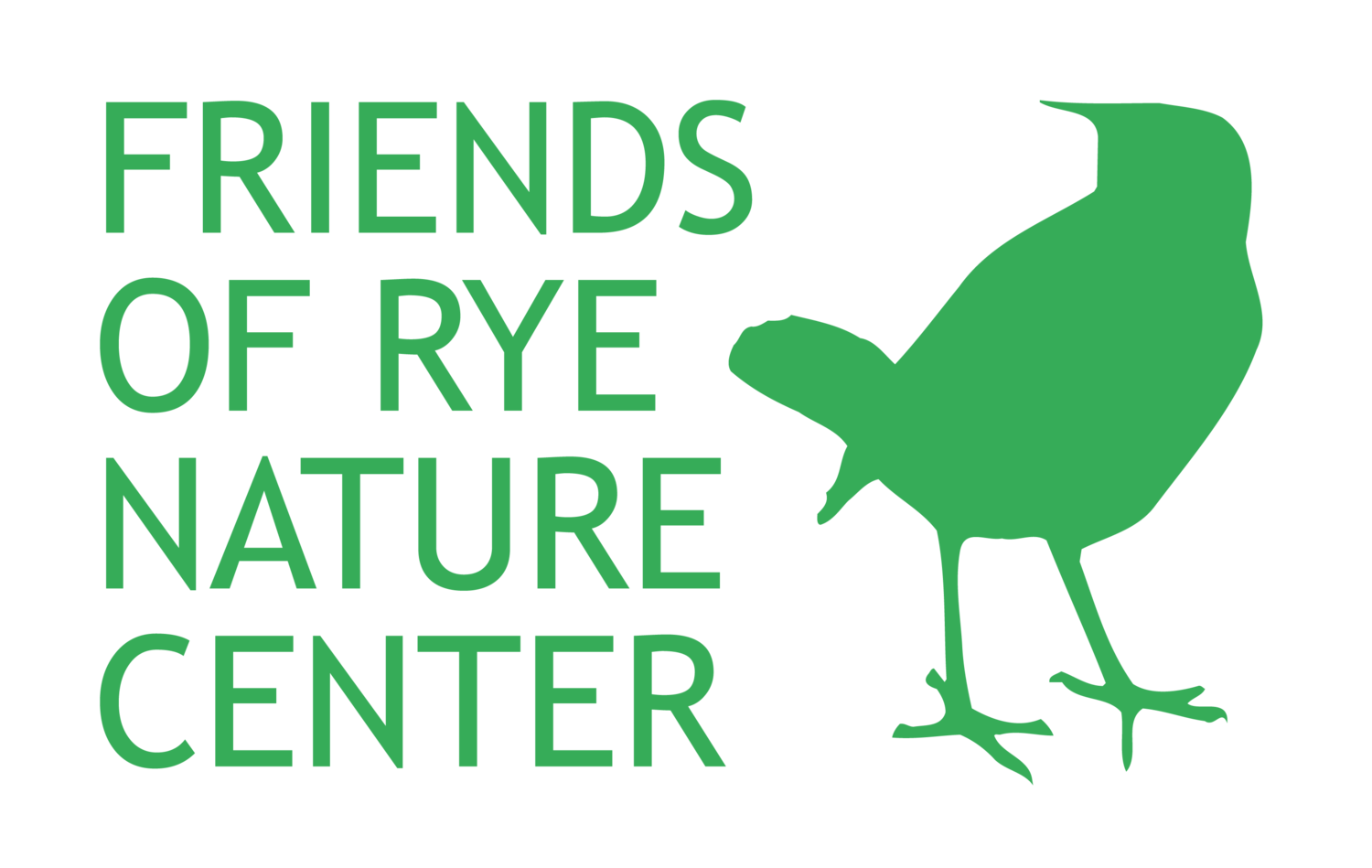- Tucker Smith, Guest Contributor
As some Rye residents start decorating for Christmas, many familiar yuletide plants are popping up in windows and being hung along doorways. But some of this festive flora hides danger under the holiday cheer. Here are three plants you don’t want in your Christmas dinner:
Photo Credit: ambius.com
Poinsettias
Poinsettias have a long-standing reputation as poisonous flowers, though they are the least toxic of this list. The plant has no life-threatening symptoms; however, touching the leaves and sap can cause a rash, and eating a poinsettia flower will induce nausea and vomiting.
Photo Credit: Doug Hetherington, bhg.com
Holly
While holly leaves don’t contain any poison (though with those sharp, prickly edges, eating them would be painful anyway), holly berries host dangerous amounts of a toxin known as theobromine. Theobromine is particularly dangerous to dogs, and can cause gastrointestinal problems, dehydration, and low blood pressure in humans.
Photo Credit: smithsonianmag.com
Mistletoe
The name “mistletoe” refers to a few types of plants. The two most popular for Christmastime, European mistletoe (Viscum album) and North American mistletoe (from the genus Phoradendron) are both poisonous. The chemicals in European mistletoe’s leaves and berries cause intense gastrointestinal issues, and North American mistletoes contain phoratoxin, which can cause vomiting, blurred vision, and low blood pressure.
As pretty as these plants might be, this holiday season, stick to eggnog and gingerbread!



